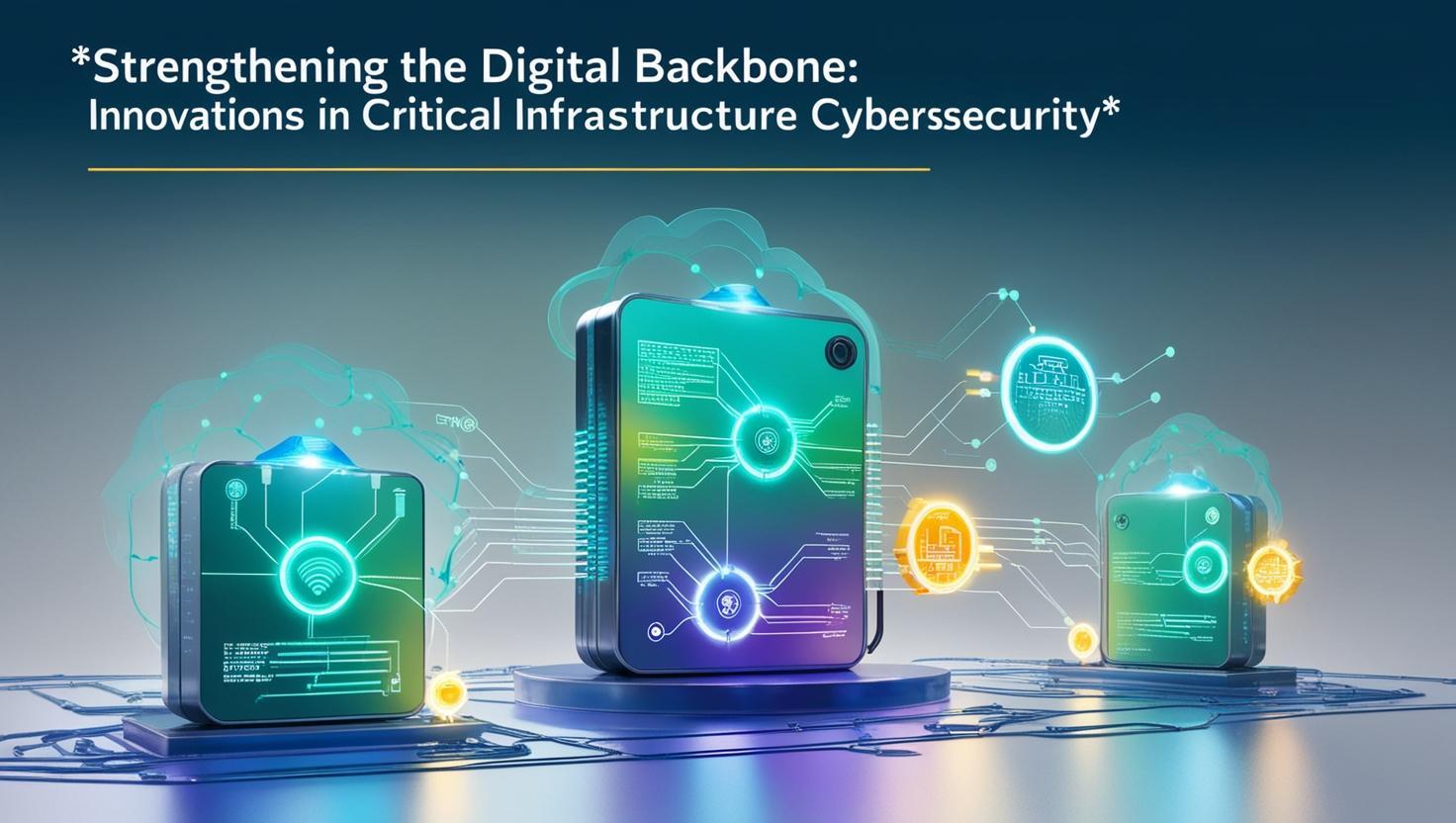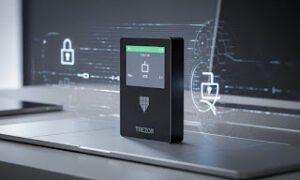Cybersecurity expert Alok Sarkar has extensively analyzed the challenges of protecting critical infrastructure in an increasingly digitized world. His work sheds light on vulnerabilities, emerging threats, and innovative defense strategies that are shaping the future of cybersecurity and resilience.
The Evolving Threat Landscape
The rise of state-sponsored cyber threats and advanced persistent threats (APTs) has transformed cybersecurity risks for critical infrastructure. Unlike conventional cybercriminals, these actors possess the resources and patience to infiltrate industrial control systems, disrupt operations, and cause widespread economic damage. The shift from opportunistic ransomware attacks to highly targeted campaigns against essential services has underscored the need for advanced defense mechanisms.
Vulnerabilities in Industrial Control Systems
Industrial Control Systems (ICS) and Operational Technology (OT) face unique security challenges. Many operate on outdated technology not designed for cybersecurity. The convergence of IT and OT exposes systems to threats. Attackers exploit weak protocols, supply chain vulnerabilities, and human errors to access infrastructure.
Artificial Intelligence as a Game Changer
One of the most promising innovations in cybersecurity is the application of artificial intelligence (AI) and machine learning. These technologies enhance security monitoring by establishing behavioral baselines and detecting anomalies in real time. Unlike traditional signature-based threat detection methods, AI-driven solutions identify and mitigate unknown threats before they can cause significant damage. AI is also being used to automate threat responses, reducing the time required to neutralize an attack and minimizing damage to infrastructure.
Implementing Zero Trust Architecture
Zero trust architecture (ZTA) redefines how organizations secure infrastructure. Moving from perimeter-based models, ZTA verifies every device, user, and application. This prevents unauthorized access, limits attacker movement, and strengthens security. Organizations adopting ZTA gain robust protection, tightly controlling access and reducing breach risks.
Secure-by-Design Principles
A fundamental shift in cybersecurity involves designing systems with security as a core component rather than an afterthought. Secure-by-design principles ensure that industrial systems incorporate multiple layers of security, minimize attack surfaces, and operate with the principle of least privilege. By embedding security measures during the development phase, organizations can reduce the risks of exploitation and improve long-term protection against evolving threats.
The Role of Blockchain in Cybersecurity
Blockchain is a robust solution for securing data integrity in industrial environments. Its immutable ledger ensures unauthorized changes to configurations, firmware, or commands are detected. Blockchain enhances supply chain security by verifying authenticity and preventing compromised hardware or software. As cyber threats rise, blockchain may become a cornerstone of cybersecurity.
Digital Twins: Enhancing Threat Simulation
Digital twin technology revolutionizes cybersecurity by creating virtual replicas of infrastructure. These models let professionals simulate attacks, test responses, and identify vulnerabilities without disruption. Using real-time data, digital twins enable proactive threat detection, helping security teams refine strategies before breaches occur.
Resilience Engineering for Cyber Defense
As cyber threats become more sophisticated, resilience engineering has emerged as a critical defense strategy. This approach focuses on designing systems that can withstand cyberattacks while maintaining essential operations. Fault-tolerant designs incorporate redundancy, geographic distribution, and isolation measures to prevent cascading failures in the event of an attack. Organizations that adopt resilience engineering principles can recover quickly from cyber incidents while maintaining operational continuity.
Regulatory Frameworks and Public-Private Collaboration
Governments and industry leaders are recognizing the need for collaborative cybersecurity efforts. Regulatory frameworks establish baseline security standards, while public-private partnerships enhance threat intelligence sharing. Information Sharing and Analysis Centers (ISACs) play a crucial role in fostering cooperation between different sectors, ensuring a unified response to emerging threats. Strengthening these collaborations will be key in mitigating risks and developing a proactive defense approach.
Preparing for Future Challenges
Emerging technologies like quantum computing and 5G/6G networks present opportunities and risks for cybersecurity. Quantum computers may break current encryption, requiring quantum-resistant cryptographic solutions. Expanding connected devices increase the attack surface, demanding advancements in security. Cybersecurity professionals must adapt to evolving threats, using predictive analytics to anticipate risks.
In conclusion, the cybersecurity landscape evolves constantly, requiring innovative technologies, resilience strategies, and regulatory cooperation. Alok Sarkar highlights AI-driven security, zero trust models, and blockchain as key to fortifying infrastructure. With advancing cybersecurity and cross-sector collaboration, organizations can build a resilient digital future.



































